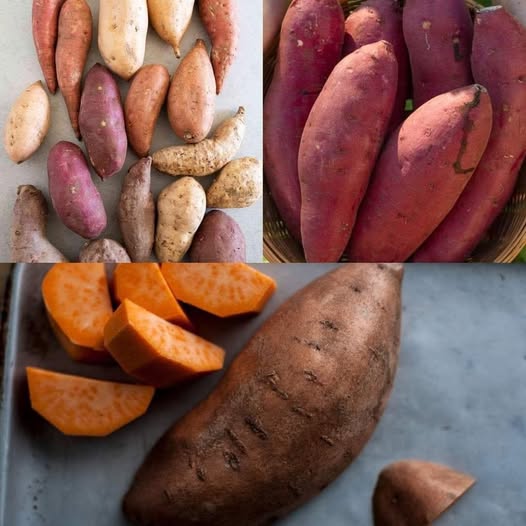ADVERTISEMENT
Packed with Nutrients: A Guide to Creating Healthy, Nutrient-Dense Meals
In today’s fast-paced world, staying healthy and maintaining a balanced diet can sometimes be challenging. However, one of the easiest ways to ensure you’re nourishing your body with the right nutrients is by focusing on meals that are packed with nutrients. These meals provide a rich combination of vitamins, minerals, and other essential elements your body needs to function at its best.
Whether you’re trying to improve your overall health, boost your energy levels, or maintain a balanced weight, nutrient-dense foods are key. In this article, we’ll explore what makes a meal “packed with nutrients,” how to create these meals, and some delicious examples you can try today.
What Does “Packed with Nutrients” Mean?
A nutrient-dense meal is one that provides a high number of essential nutrients relative to its calorie content. These nutrients include:
- Vitamins and Minerals: Such as vitamin C, vitamin A, calcium, iron, potassium, and magnesium.
- Fiber: Essential for digestive health and maintaining a feeling of fullness.
- Antioxidants: Important for protecting your body from oxidative stress and supporting immune function.
- Healthy Fats: Good fats like omega-3s support heart health and brain function.
- Protein: Vital for muscle repair, immune health, and overall growth and development.
- Complex Carbohydrates: These are found in whole grains, legumes, and vegetables, providing long-lasting energy without blood sugar spikes.
The key to nutrient-dense meals is choosing foods that are whole, minimally processed, and packed with essential nutrients, rather than empty calories that provide little nutritional value.
How to Create Nutrient-Dense Meals
To make sure your meals are packed with nutrients, focus on a balance of the following food groups:
1. Fruits and Vegetables
Fruits and vegetables are loaded with vitamins, minerals, fiber, and antioxidants. They are also low in calories, making them a great choice for any meal. Aim for a variety of colors on your plate to get a diverse array of nutrients. Dark leafy greens like spinach, kale, and swiss chard, as well as colorful vegetables like bell peppers, carrots, and sweet potatoes, are particularly nutrient-rich.
Tip: Incorporate both raw and cooked vegetables into your meals for different textures and flavors. Roasted vegetables often have enhanced flavors and provide different nutrients when compared to their raw counterparts.
For Complete Cooking STEPS Please Head On Over To Next Page Or Open button (>) and don’t forget to SHARE with your Facebook friends
ADVERTISEMENT
ADVERTISEMENT
